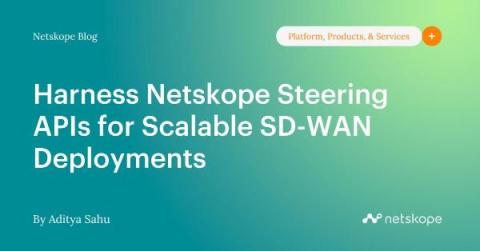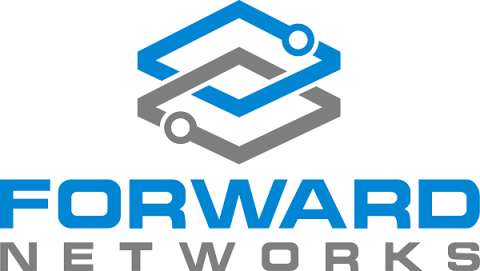Harness Netskope Steering APIs for Scalable SD-WAN Deployments
In large-scale SD-WAN deployments, both enterprises and Managed Security Service Providers (MSSPs) place a high priority on ensuring that SD-WAN CPEs seamlessly integrate with the nearest Netskope NewEdge Network Point of Presence (PoP). Automating this integration process is crucial as it not only saves considerable time but also boosts business agility.











